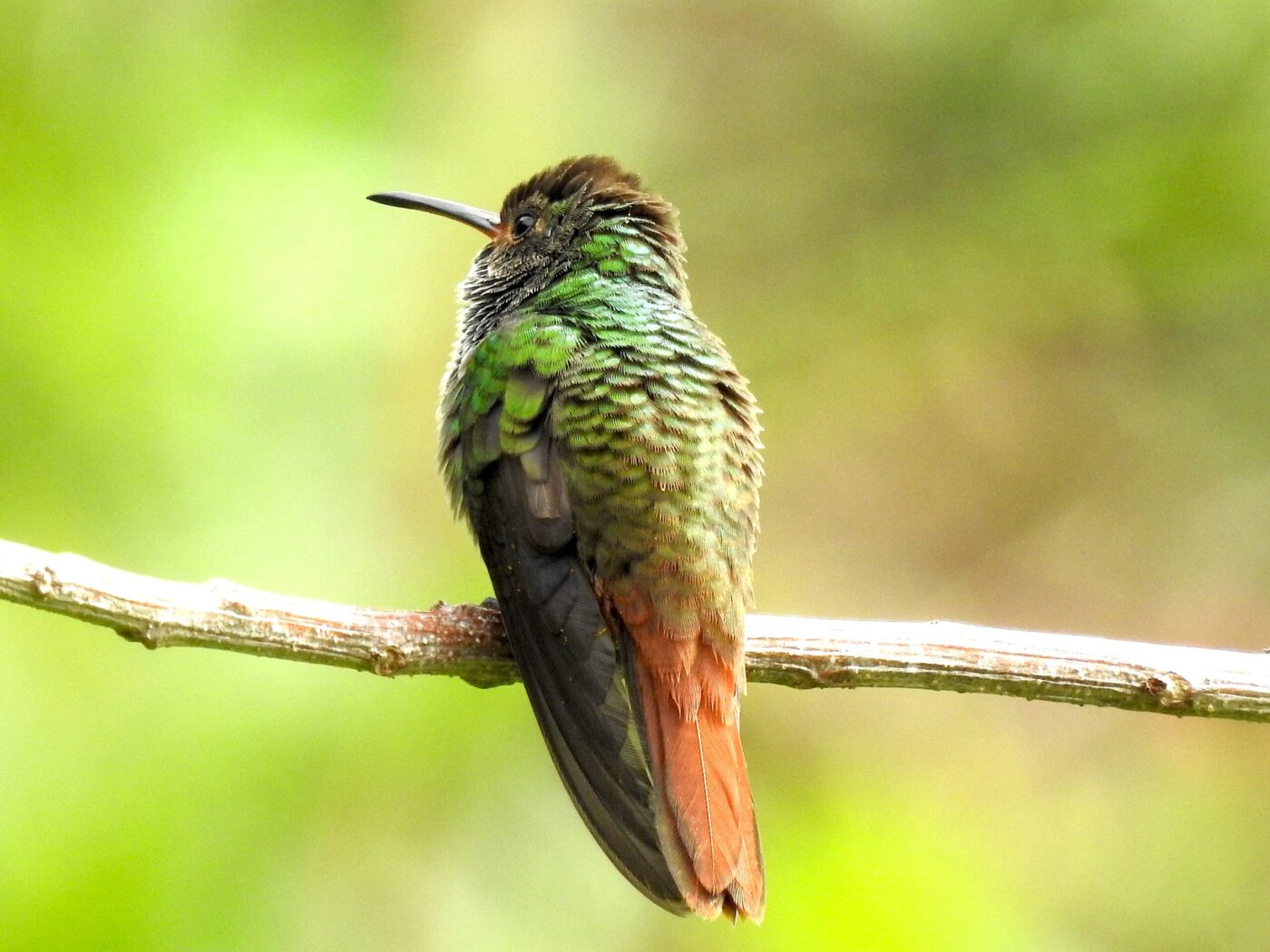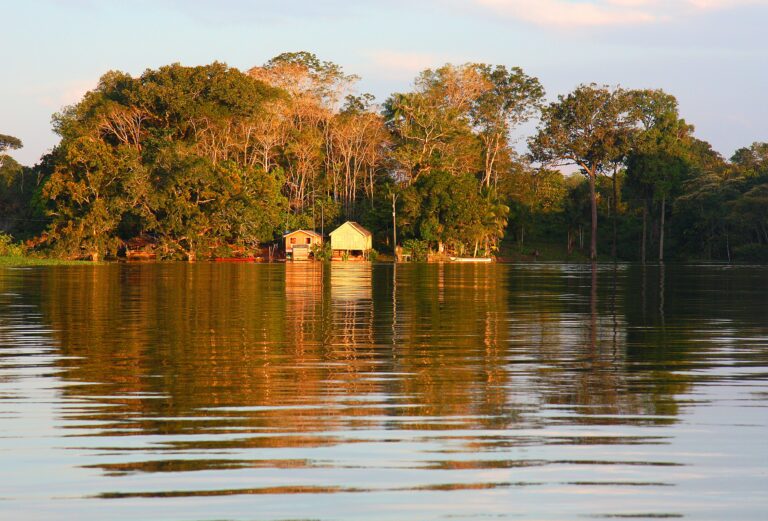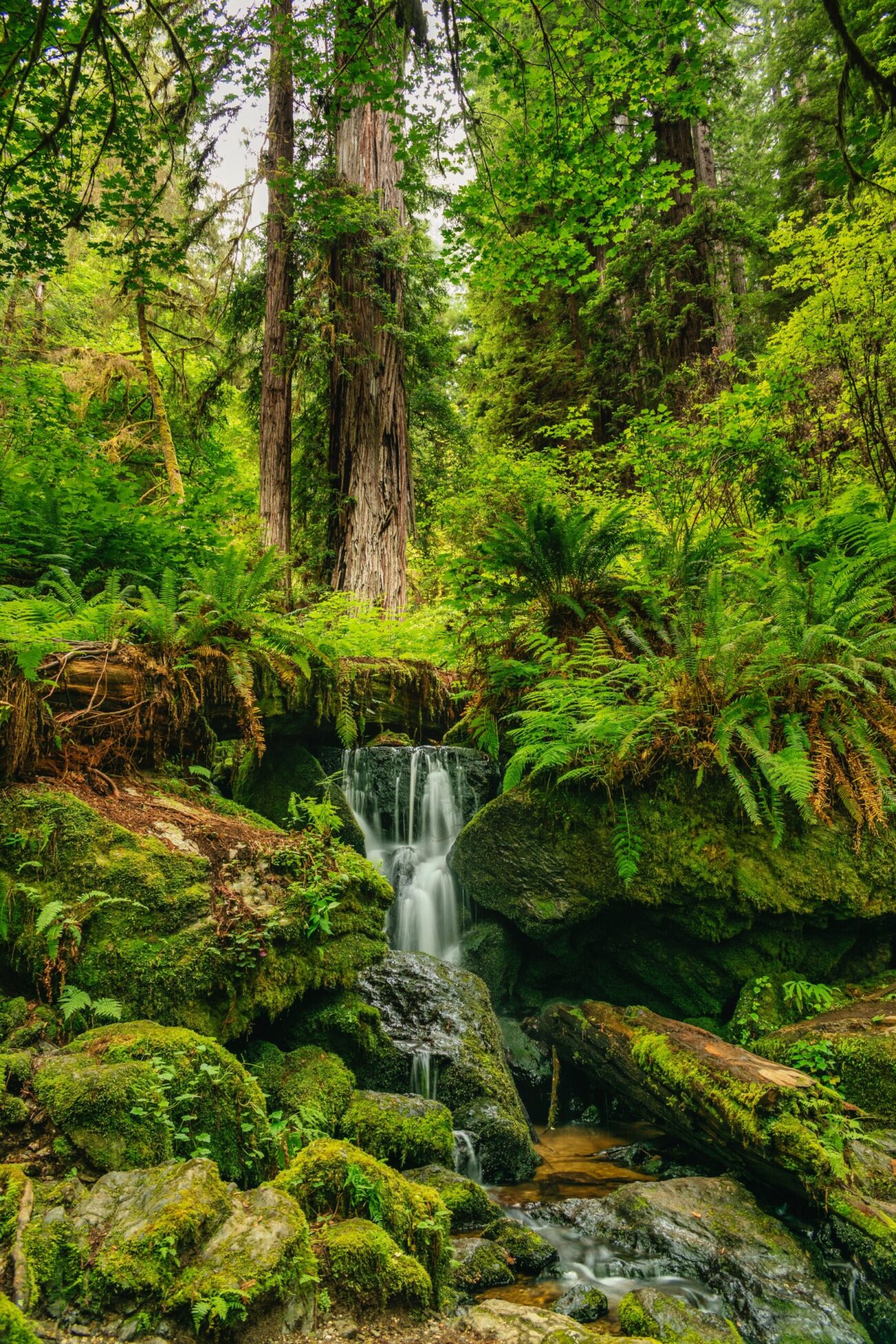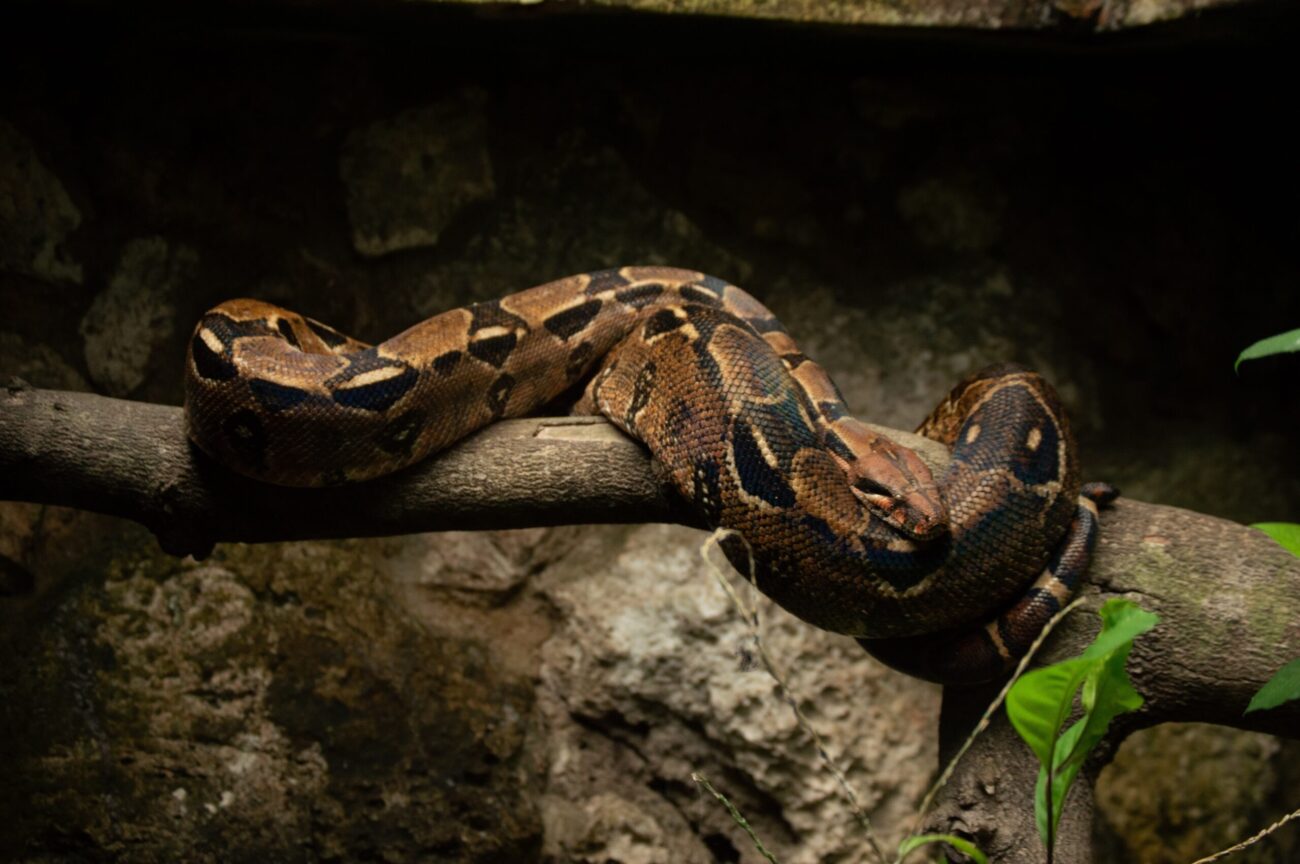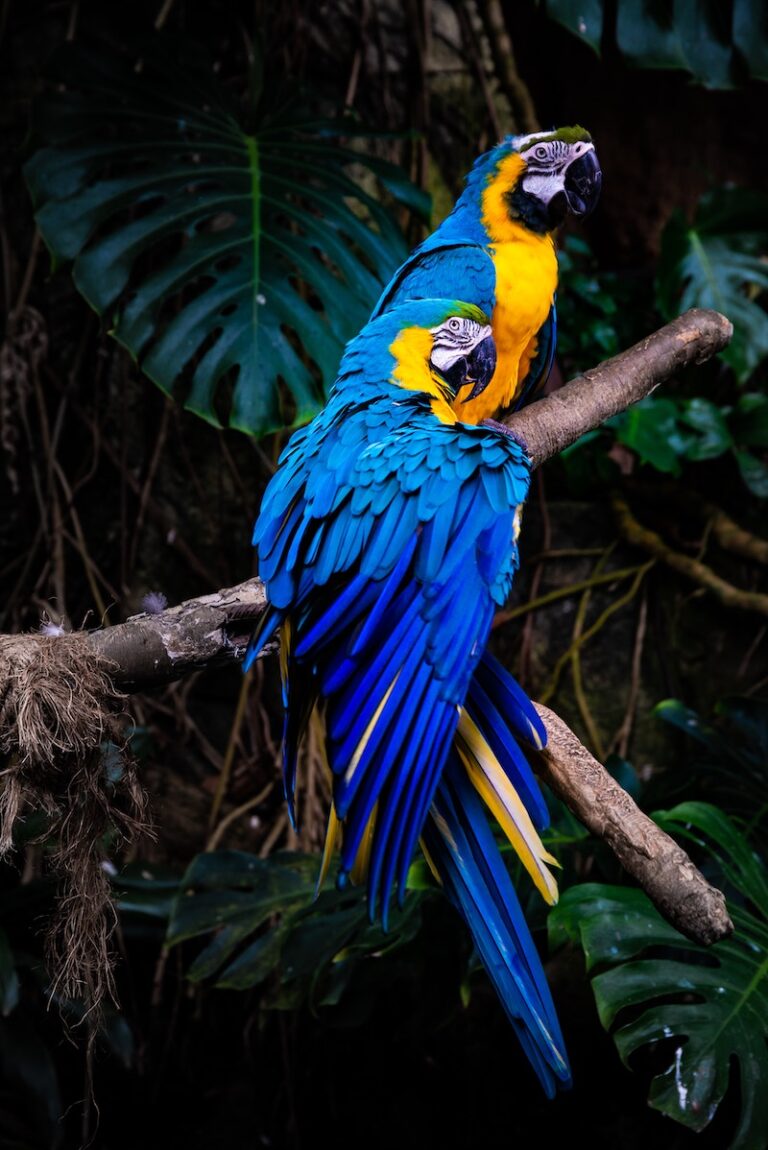The Light in the Jungle
The hummingbird had fallen asleep. It dreamed that was flying, that it was free. Because it liked the perfume of flowers, it dreamed that it was drinking their nectar and that was getting drunk.
Dreams and drunkenness were subtle, brief. So brief and subtle just like it.
It was like he did not exist… Here, there, everywhere, it vibrates with a fantastic speed; stops in the air. The air is too harsh for its diminutive, small feet. Its entire presence seems to be an optic illusion.
In the solitary afternoons, the obscure understory of the forest gets lightened when it passes as a glow.
The beautiful jungle girls ask their suitors for the hummingbird’s feathers and shins to make necklaces and ornaments for their hair, chest, and ankles. This way, they are also a flash of blue light in the middle of the jungle, emanating a marvelous litmus green light.
When the girls go to the water edge to talk with friendly neighboring tribes, they want to have a deluge of hummingbirds to have them in their hands, attach them to their faces, feeling them in their bodies and soak with their iridescent light.
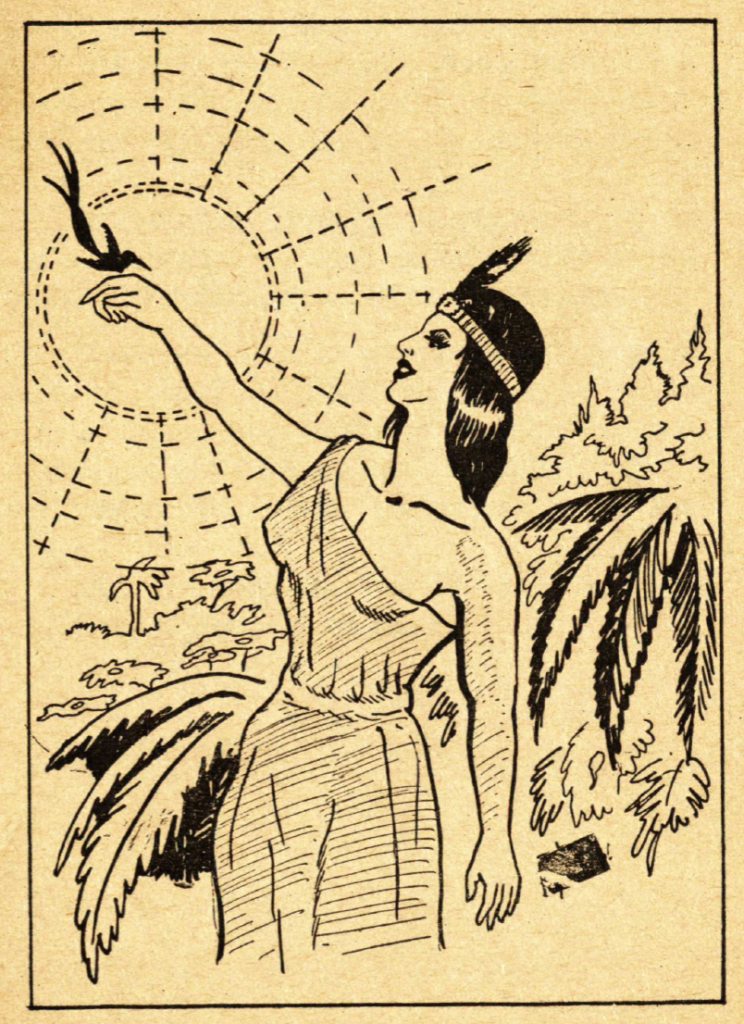
The hummingbirds fly from flower to flower bringing the gossip of the girls and everything is an illusion of litmus blue and green lights. There are butterflies that sip those flower nectar and become blue green iridescent themselves
Once morning at dawn, the little daughter of a famous shaman, beloved in the community because he only cured diseases and never did bad deeds to anybody, after two or three small jumps crossed the brush and thorns and flowers, to catch a hummingbird. When she got it, she caressed it and got amazed because it had been made with little pieces of golden wings of resplendent beetles that had captured the sun rays. The sparks jumped out illuminating the jungle.
One spark fell onto a black creek and its light contagion all the surface of the pitch burning the impenetrable jungle.
Ever since, a person who desires light for his/her house, goes to the black creek and takes it from there, as it never goes off. There are many rivulets with black creeks that shine when the moon sleeps tired of binding the crowns of the flowers.
The little kids live happily in their jungle, decorated with splashes of light from hummingbirds, butterflies, beetles, and oil.
Hint: Hummingbird – colibri – Chlorostilbon mellisugus, Bettle – escarabajo – Macraspis chrysis, Butterfly – mariposa – Morpho peleides
Cultural Significance
The existence of light and dark episodes that correlate to periodic shifts in day and night serves as a representation of the paradox of cyclic events. Inside the jungle canopy, the sunflecks are perceived as ephemeral floods of warmth and light that allow photosynthetic organisms to flourish, albeit sporadically. Most of the time, the underground is dark, almost a gloomy environment in need of light. In the event of old branches falling or intentional clearing to create a chacra for cultivation, the open area or gap allows for the prolific growth of secondary species of sun-loving organisms.
It is no secret that most of the diversity found in the forest inhabits these open clearings, often responding to intentional human clearings; therefore, there is a biocultural heritage that explains this richness. The hummingbird (Amazilia tzacatl) captures the splendor of light shining out in the reflection of several elytra of small beetles (Aequatoria pretiosa) that provide an iridescent shine, similar to the flashing of the blue morpho butterfly (Morpho peleides) when opening the wings in its jumped flight pattern. The reference to the tar muds describes the location of pits associated with the presence of brea and surface oil, which have often been considered the source of ignition pieces since ancestral times.

